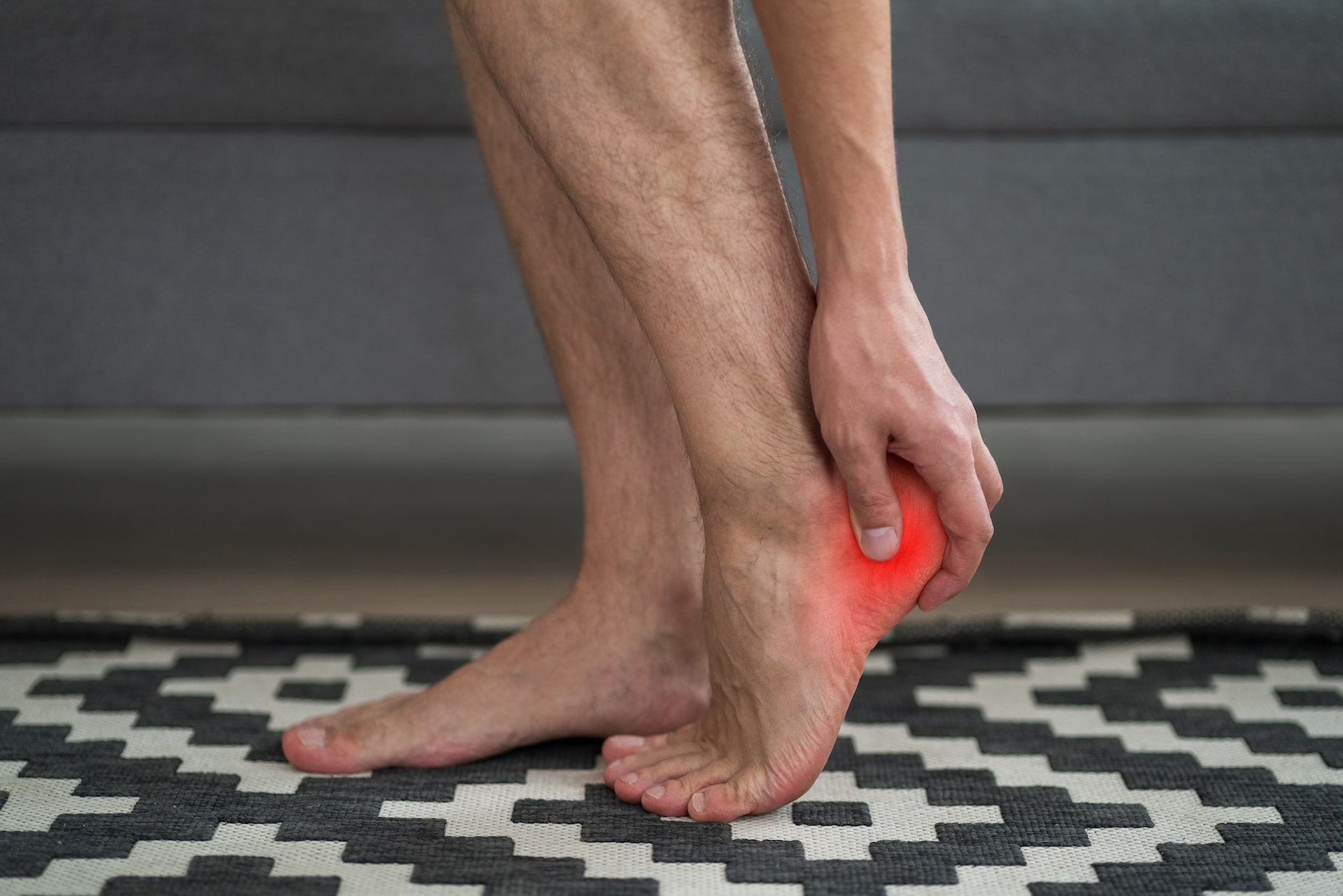Bunions form due to abnormal forces on the forefoot that cause abnormal motion through the foot. Most of the force and poor mechanics act on the MTP, or metatarsophalangeal joint, at the base of the large toe. Typically, the bunion develops after years and years of these forces acting upon the joint. Bunions may also be inherited through the passing of poor foot mechanics from parent to child. Poor shoe choice or injury may also cause bunions to form.
Bunions are far more common in women, possibly due to an emphasis on fashion over function when it comes to shoes. Bunions can be caused by wearing shoes that either have a tight toe box, squeeze the toes, or have excessively high heels that put extra pressure on the MTP joint.
What can be done about bunion pain?
Unfortunately, most patients with bunions eventually require surgery to address the condition. Thankfully, the vast majority have few, if any complications and heal quickly after this fairly straightforward procedure. However, if you aren’t ready for bunion surgery or aren’t a candidate, there are steps you may take to help relieve the pain and pressure.
The first step in treating your bunion pain is a visit with your podiatrist. Your podiatrist is best equipped to evaluate your feet to ensure that the bunion is your only foot-related problem. Whether you only have bunions or have additional underlying foot and ankle problems, your podiatrist will work with you to develop a treatment plan to fit your lifestyle, symptoms, and long-term foot health goals.
With your podiatrist’s guidance, you may find some relief from:
Changing your shoes
Look for shoes with more room around the toes. A wide, deep toe box will prevent squeezing and rubbing against the MTP joint. In addition, if you wear high heels, limit your heels to a maximum of two inches, although lower is better.
Use bunion pads
Bunion pads are available over the counter and are placed around the bunion, or the bony bump. These pads don’t necessarily take excess pressure off the bunion itself but rather provide cushioning against the inside of the shoe to increase comfort. Your podiatrist may have specific recommendations for how and when to use your bunion pads.
Use cold compresses
With your podiatrist’s permission, you may find relief from pain and inflammation with cold compresses. You may want to apply a cold compress to the bunion and forefoot several times per day to reduce pain and swelling.
As mentioned, ultimately bunions typically require surgical intervention. However, careful conservative treatment under the guidance of your podiatrist may increase your comfort and delay the need for surgery for some time.
If you have been suffering from bunion or any other type of foot pain, call Kansas City Foot Specialists today at (913) 338-4440 to schedule an appointment with one of our podiatrists. We look forward to working with you to manage and find resolution to your foot pain.



